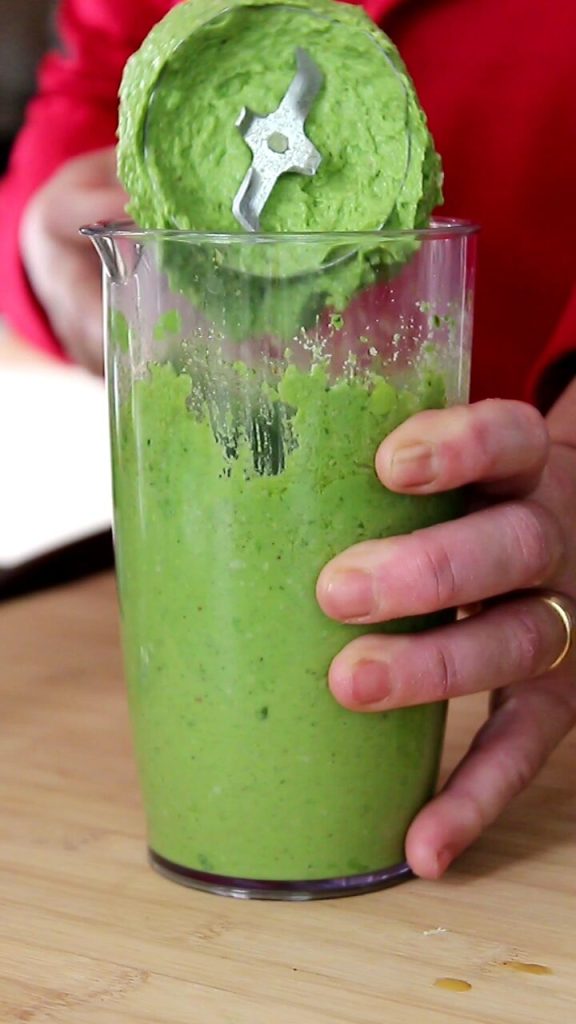
- Difficulty: Very easy
- Cost: Economical
- Preparation time: 10 Minutes
- Portions: 4
- Cooking methods: Boiling
- Cuisine: Italian
- Seasonality: Spring, Summer
- Energy 184.13 (Kcal)
- Carbohydrates 12.86 (g) of which sugars 4.74 (g)
- Proteins 9.00 (g)
- Fat 11.48 (g) of which saturated 3.03 (g)of which unsaturated 3.26 (g)
- Fibers 5.08 (g)
- Sodium 574.98 (mg)
Indicative values for a portion of 108 g processed in an automated way starting from the nutritional information available on the CREA* and FoodData Central** databases. It is not food and / or nutritional advice.
* CREATES Food and Nutrition Research Center: https://www.crea.gov.it/alimenti-e-nutrizione https://www.alimentinutrizione.it ** U.S. Department of Agriculture, Agricultural Research Service. FoodData Central, 2019. https://fdc.nal.usda.gov
Storage, tips, and trivia
For storage, put the pea pesto in an airtight container or small plastic freezer bags. Cover the pea pesto with extra virgin olive oil. Seal the container with the appropriate lid. Keep it in the refrigerator for a maximum of 5 days. In the freezer, the pea pesto will last for a few months.
I recommend using the pea pesto immediately. If you want to make pea pesto in the fall or winter, you can find them year-round as preserved products: frozen and canned.
Fresh peas, like dried peas, contain vitamins A and C. With the lowest fiber content among legumes, they still have beneficial effects on the intestines and cardiovascular system. They are suitable for low-calorie diets because they contain few fats and have diuretic properties.
The differences between fresh and dried peas are found in the nutritional values. For example, dried ones are a real food reserve for the winter period: they contain 48% carbohydrates compared to 6.5% present in fresh peas.

